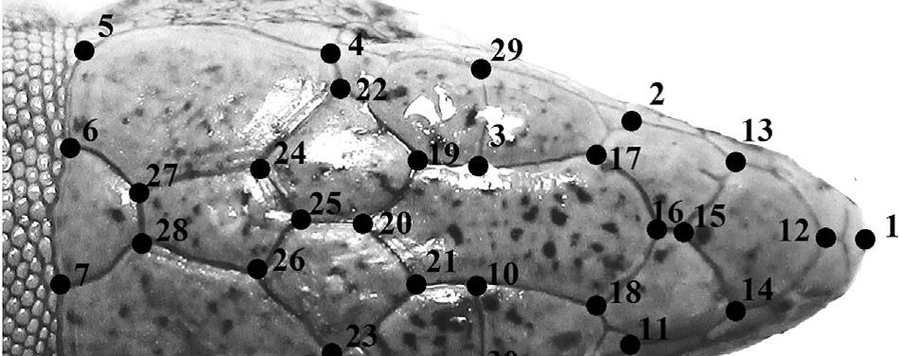
Ontogeny of developmental buffering in lizard head shape
Canalization and developmental stability (DS) are important organismal properties involved in determining the level of phenotypic variation. Ontogenetic patterns of phenotypic variance components can shed light on the mechanistic basis of developmental buffering (DB). Here, we analyze how individual FA and amongindividual variation in head shape change in ontogenetic series of three lizard species raised in laboratory. The degree of asymmetry increased slightly with size, suggesting that developmental mechanisms hypothesized to correct for deviations either do not exist, or that their efficiency is truncated with increasing size. Alternatively, they may need the disturbance as a trigger. The relationship between asymmetry and age was complex, with asymmetry being stable across the age range in two species but increased with age in the third. Lack of congruence in ontogenetic patterns of asymmetry might be due to intrinsic differences in buffering mechanisms or a result of species-specific growth patterns. Head shape was shown to be equally canalized across both size and age range in all species, probably as a result of a balance between the buffering mechanisms and mechanisms generating variance. The patterns of symmetric and asymmetric head shape variation were highly correlated across species meaning that DS and canalization may rely on similar mechanisms.






